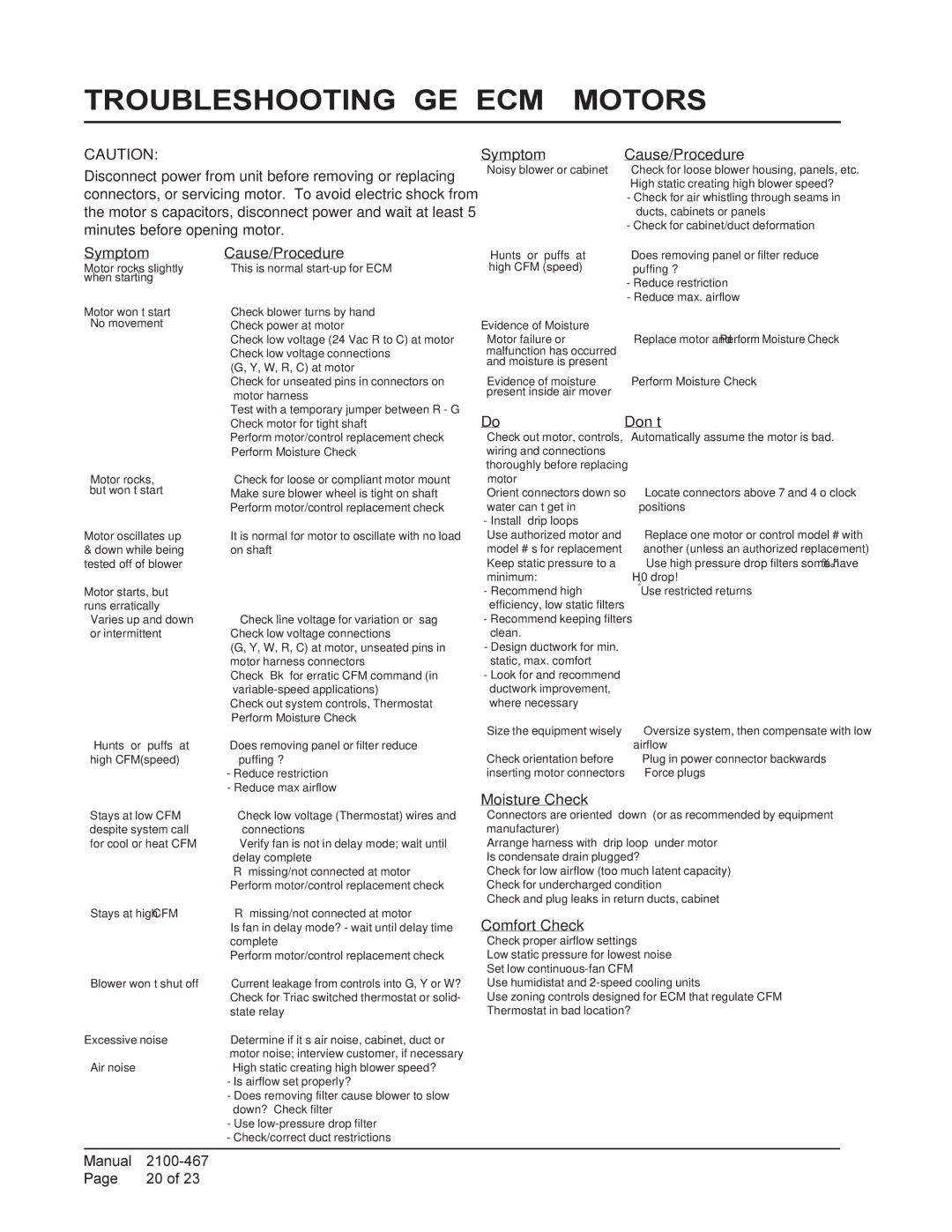PA13601-B, PA13481-A, PA13601-A, PA13481-B, PA13421-A specifications
Bard is a renowned name in the HVAC (Heating, Ventilation, and Air Conditioning) industry, known for its innovative products that ensure comfort and efficiency in various settings. The models PA13421-B, PA13421-A, PA13481-B, PA13601-A, and PA13481-A are prime examples of Bard's commitment to quality and technology, providing reliable performance and advanced features suitable for both commercial and residential applications.The PA13421-B and PA13421-A are designed for energy efficiency, boasting high SEER (Seasonal Energy Efficiency Ratio) ratings that significantly reduce energy consumption without sacrificing performance. These units utilize a scroll compressor, which is known for its quiet operation and superior reliability. Additionally, they feature advanced microprocessor control systems that allow for precise temperature regulation and can be easily integrated into building management systems.
The PA13481-B and PA13481-A models are equipped with durable, heavy-gauge cabinets that protect the internal components from environmental factors, ensuring longevity and minimal maintenance. These units also incorporate a high-capacity airflow design, which improves indoor air quality by effectively circulating air throughout the space. The implementation of variable-speed blowers further enhances comfort levels by adjusting airflow based on real-time demand.
The PA13601-A model stands out with its versatility, as it can operate effectively in a wide range of climates. Its design includes a robust refrigerant management system that ensures optimal performance even in extreme temperatures, making it a favorite for users in harsher environments. This model also features a comprehensive diagnostic system that alerts users to potential issues before they escalate, facilitating proactive maintenance.
All these models emphasize sustainability, incorporating environmentally friendly refrigerants that comply with international regulations. Bard's dedication to reducing carbon footprints is evident in these units, which not only perform admirably but also contribute to a greener planet.
In summary, the Bard PA13421-B, PA13421-A, PA13481-B, PA13601-A, and PA13481-A models exemplify cutting-edge technology and superior engineering in the HVAC sector. With their energy-efficient designs, robust construction, and advanced control systems, these HVAC solutions provide reliable comfort for users while being mindful of environmental impact.

